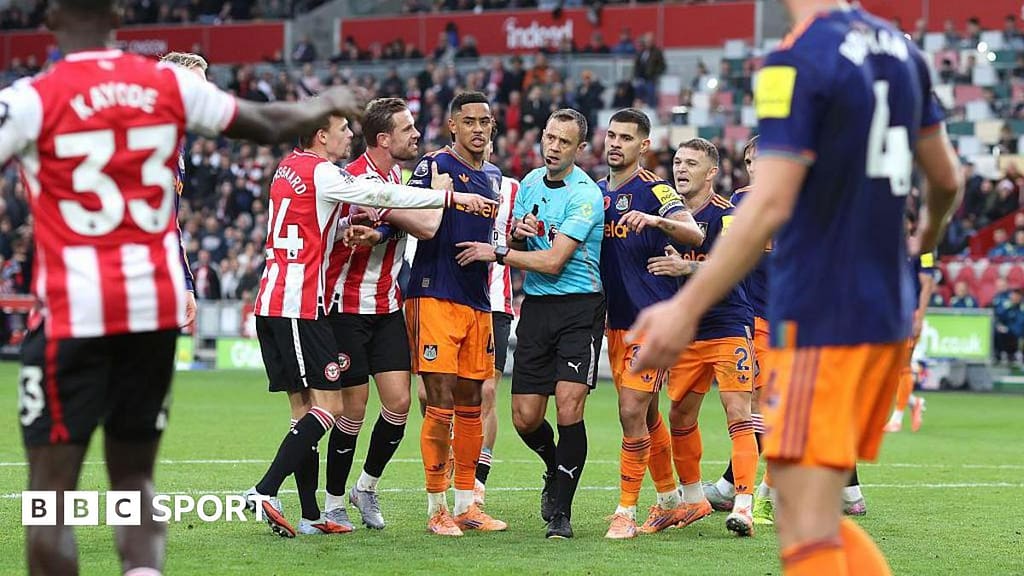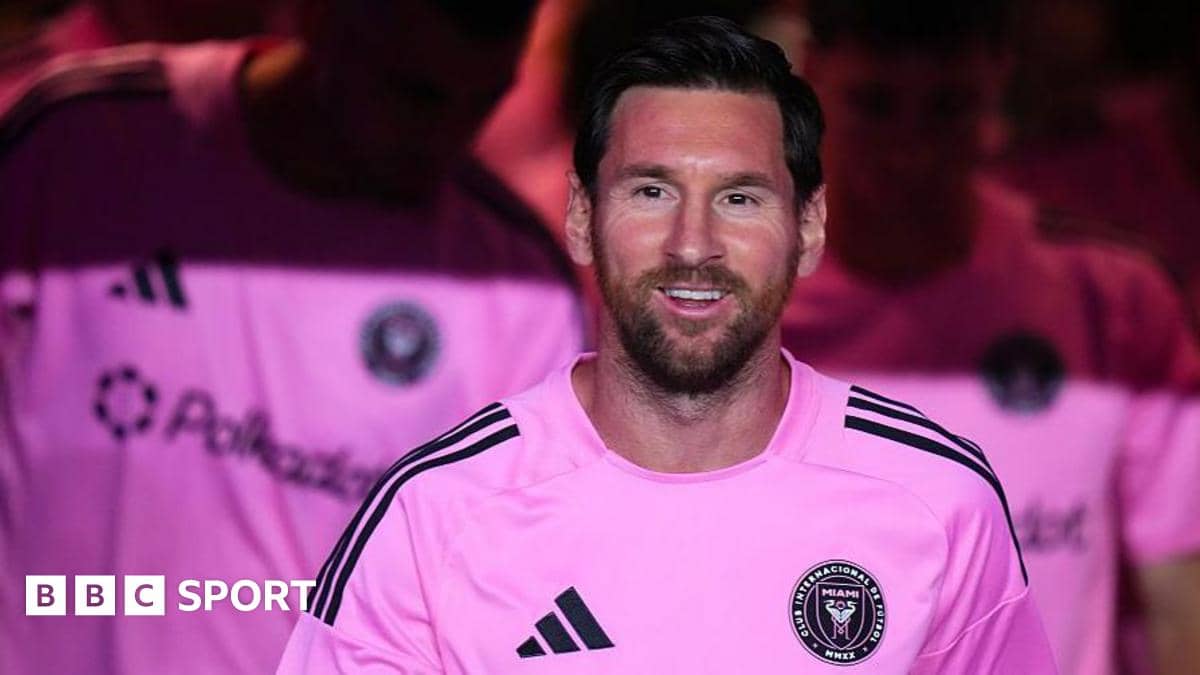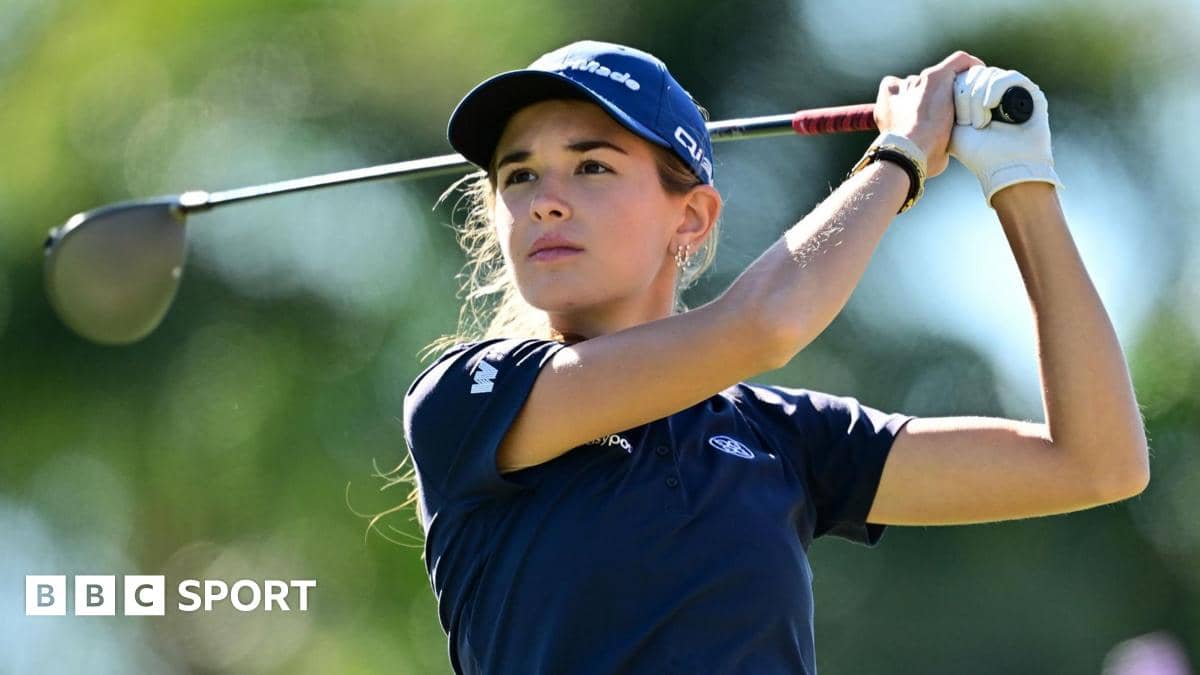
Simulation was a key theme which came out of last season’s Premier League football survey – completed by players, managers, club staff and supporters.
The league said “a robust approach to deal with actions intended to deceive the referee will be taken”.
The evidence does back that up, with nine cautions issued this season across the 99 games. That’s a frequency of 0.8 cautions per game – the second highest on record (2012-13 saw 0.9) and double that of the previous two seasons.
There’s an FA rule which has long since been forgotten in the top flight, which allows retrospective action for players who successfully deceive a match official.
This only covers a player who has been proven to use simulation to win a penalty. If they don’t get the spot kick but aren’t cautioned then they won’t be charged, so it’s a narrow corridor.
Two players have received a two-match ban for deceiving a match official this season – Owen Lunt (Crewe Alexandra) and Garath McCleary (Gillingham).
Everton’s Oumar Niasse and West Ham United’s Manuel Lanzini were the only players to ever be banned for this in the top flight shortly after it was introduced in 2017 before VAR made it obsolete two years later.
With every penalty incident now reviewed by the VAR, it is effectively impossible to face retrospective action in the Premier League.
Only three players have ever been booked for diving after a penalty was cancelled on a VAR review: Callum Hudson-Odoi of Chelsea in October 2019, Joe Willock of Newcastle United in May this year, and Brighton’s Georginio Rutter last Sunday.
But fans see simulation as more than just diving to win a penalty, for example holding the face when contact was on the body. That goes unpunished all the time and isn’t covered by any FA initiative.




